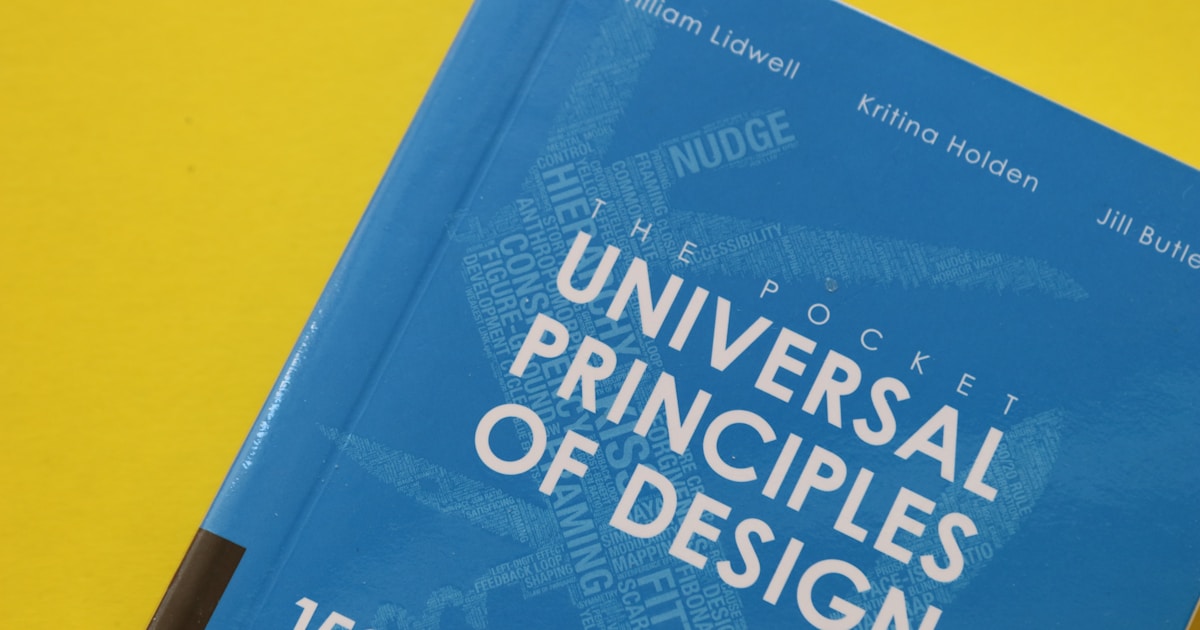The Foundation of User-Centered Design

Every great design begins with a simple question: “Who are we designing for?” This fundamental inquiry lies at the heart of user-centered design, a philosophy that has transformed how we approach digital experiences.
The User-First Mindset
User-centered design isn’t just a methodology—it’s a mindset that prioritizes human needs above all else. When we put users at the center of our design process, we create solutions that are not only functional but truly meaningful.
Core Principles
1. Empathy First Understanding your users’ goals, frustrations, and motivations is the foundation of effective design. This means going beyond demographics to understand the human experience.
2. Iterative Learning Design is a process of continuous discovery. Each iteration brings us closer to solutions that truly serve our users.
3. Evidence-Based Decisions Gut feelings have their place, but user research and data should drive our design choices. Every decision should be backed by user insights.
The Impact of User-Centered Design
When we design with users in mind, we create experiences that:
- Reduce cognitive load by aligning with user mental models
- Increase engagement through intuitive interactions
- Build trust by meeting user expectations
- Drive business value by solving real problems
Getting Started
User-centered design begins with curiosity. Ask questions, observe behavior, and always challenge assumptions. The best designs emerge when we truly understand the people we’re designing for.
This is the first in a series exploring the principles and practices of user-centered design. Follow along as we dive deeper into research methods, design processes, and real-world applications.



